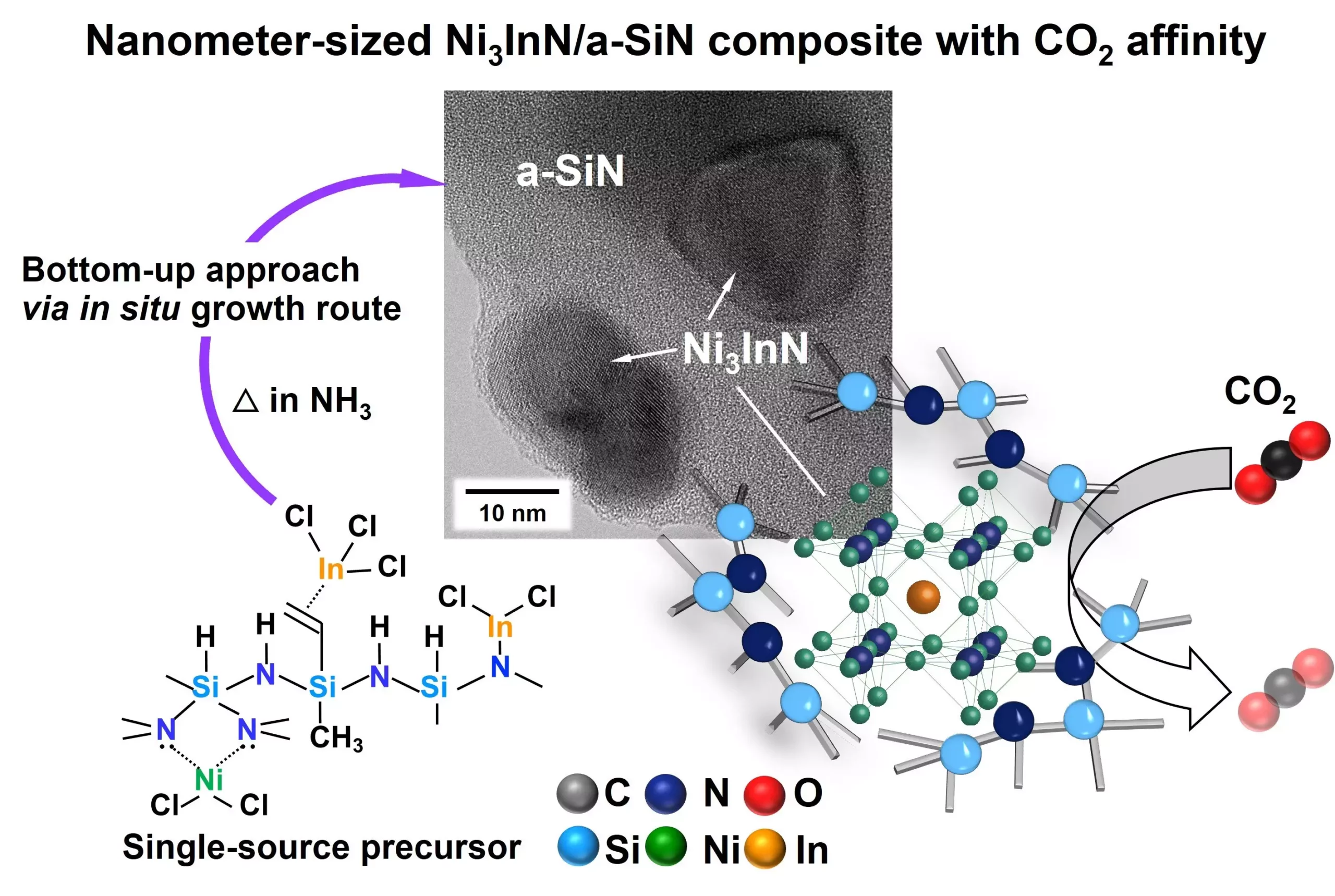In the realm of material science, the perennial spotlight has shone on perovskites, heralded for their exceptional properties and adaptability. Yet looming in the shadows, anti-perovskites stand as equally formidable candidates. Despite their inverted electrical configuration resembling that of their perovskite counterparts, anti-perovskites exhibit unique phenomena that can be harnessed for advanced applications, notably in catalysis. This untapped potential is characterized by properties such as negative thermal expansion and ionic conductivity, and the elusive realm of superconductivity. While perovskites have become synonymous with revolutionary applications, anti-perovskites deserve a reclamation in focus, as they promise to redefine existing paradigms in materials science.
The Synthesis Challenge
A critical barrier remains in the ascent of anti-perovskites within industrial applications: the synthesis of nanostructured forms. As compelling as these materials may be, their practical applications are stymied by methodological hurdles in achieving nanosized constructs. Recent efforts by a research team led by Professor Yuji Iwamoto from Nagoya Institute of Technology, Japan, have made significant strides in overcoming these challenges. In their groundbreaking study published in the *Journal of Materials Chemistry A*, the researchers proposed an innovative synthesis technique that leverages amorphous silicon nitride (a-SiN) as a foundational matrix for embedding anti-perovskite crystals, specifically Ni3InN.
A New Methodology for Material Creation
The synthesis strategy employed in this study is distinguished by its classification as a “Polymer-Derived Ceramics” (PDCs) route. This methodology entails chemically modifying polysilazane, traditionally a silicon nitride precursor, to incorporate nickel and indium chloride compounds. This modified precursor undergoes pyrolysis in an ammonia-rich environment at a relatively low temperature of 300 °C. Such a streamlined approach not only synthesizes the a-SiN matrix but also facilitates the in situ growth of Ni3InN anti-perovskite crystals in a single step. The simplicity and efficiency of this method challenge conventional synthesis routes that typically demand more intricate processes or higher thermal conditions.
Challenges and Breakthroughs
Nevertheless, the journey was not without its tribulations. Initially, achieving a single-phase Ni3InN compound proved elusive. Through meticulous experimentation with various polysilazanes and advanced spectroscopic analysis, it became apparent that the presence of vinyl groups within the polysilazane introduced steric hindrance, undermining effective interaction with indium sources. It was through the strategic introduction of excess InCl3 that a breakthrough was achieved, leading to the desired formation of a coherent Ni3InN phase. This illustrative case not only highlights the team’s resilience in addressing complex challenges but also underscores the dynamic relationship between synthesis methodology and material properties.
The Impact on Catalytic Applications
One of the standout features of the synthesized a-SiN/Ni3InN composite is its high microporosity and rich interface areas. These characteristics are paramount for enhancing the electronic structure of the anti-perovskite nanoparticles, which could unleash a wave of creativity in heterogeneous catalysis. As demonstrated in preliminary tests, this novel composite holds promise in carbon dioxide absorption and desorption, signaling its potential utility in transforming small molecules into valuable energy compounds. This could play a critical role in transitioning toward cleaner energy systems, thereby cementing the anti-perovskite’s role as a catalyst in not just chemical processes but also in achieving sustainability.
Looking Ahead: A Bright Future for Anti-Perovskites
The findings of Iwamoto’s team not only illuminate the pathway for further exploration of anti-perovskites but also establish a framework for designing multifunctional materials with high structural diversity. With the intricate interplay of multiple metal species within a single composite, the realm of potential catalytic functionalities has expanded considerably. As researchers like Dr. Samuel Bernard emphasize, these materials could serve as foundational elements in next-generation heterogeneous catalysts.
In light of these developments, it becomes increasingly evident that anti-perovskites are not merely companions to their perovskite relatives but stand poised to take the lead in catalysis and beyond. The scientific community must recalibrate its focus, directing attention toward these intriguing materials that continue to unveil their multifaceted nature. Such a shift will be pivotal in addressing pressing global challenges, ultimately driving innovation and sustainability in material applications.


Leave a Reply